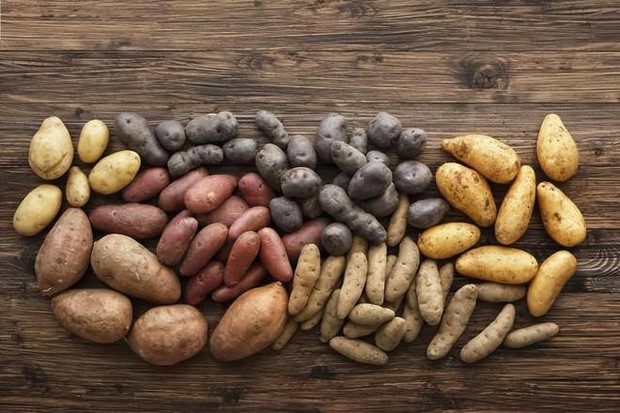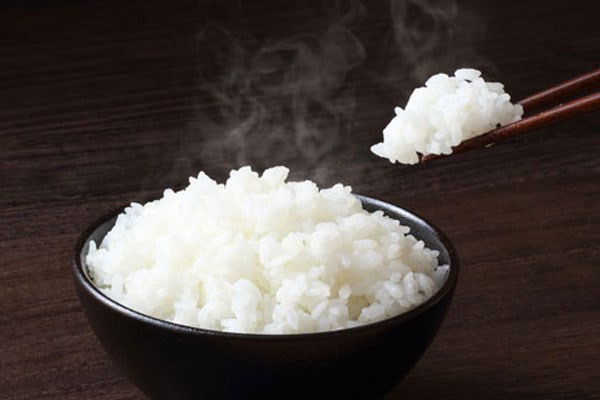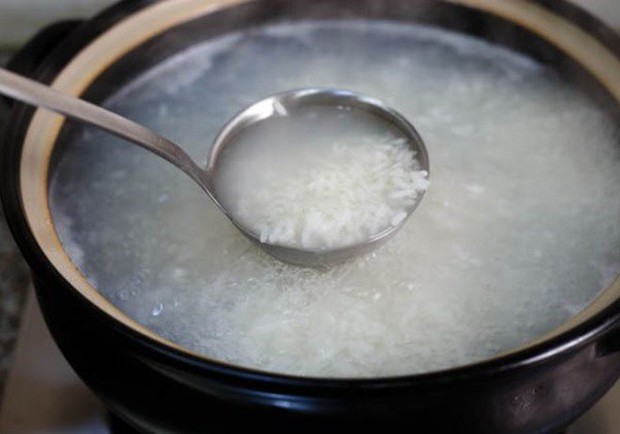A mistake in dietary habits has cost this man dearly.
Recently, Mr. Duong, a 59-year-old man in Shenzhen, China, suddenly fainted after finishing lunch, and his family quickly took him to the hospital. Seeing the critical condition of the elderly man, with closed eyes and a pale complexion, the doctor immediately instructed the nurse to take the patient to the emergency room.
After examination, the nurse reported that the man’s blood sugar level was alarmingly high at 18.0mmol/l. The doctor diagnosed the patient with diabetic ketoacidosis, a serious complication of diabetes that occurs when the body produces too much acid in the blood (known as ketones). This condition occurs when the patient’s body does not produce enough insulin, causing severe disruptions in the metabolism of proteins, lipids, and carbohydrates.
The blood gas analysis results showed a very low actual pH value, meaning that 99% of patients had ketoacidosis. Subsequently, the doctor instructed the nurse to inject a large amount of solution into the patient’s body to maintain blood volume, increase the pH value, and simultaneously administer insulin to reduce the blood sugar problem.
Unfortunately, after 3 hours in the operating room, Mr. Duong passed away despite the doctors’ efforts to save him.
Upon receiving the tragic news, the patient’s unfortunate wife tearfully asked the doctor, ‘My husband has been taking blood sugar-lowering medication regularly every day, why did he still develop ketoacidosis?’
The doctor said, ‘It is highly likely that your husband’s sudden increase in blood sugar is due to some bad habit.’ After questioning, the doctor also identified the true cause of Mr. Duong’s ketoacidosis.
The patient had been suffering from diabetes for more than 10 years. Initially, he used metformin to control diabetes. A few years later, during a hospital check-up, it was found that the blood sugar level was high, so the doctor recommended combining insulin and metformin. From then on, the patient’s blood sugar levels were controlled. Logically, developing ketoacidosis was not reasonable. However, this still happened because the patient’s dietary habits were not strictly adhered to.
The family revealed that Mr. Duong was very concerned about his diet. He avoided sweets and often researched information online to equip himself with more knowledge. When he learned that sweet potatoes and potatoes also helped lower blood sugar, he always ate a lot of these two types of tubers. Over time, dishes made from sweet potatoes and potatoes became the main items in his menu.
On the day of the incident, Mr. Duong ate normally. Later, he went to sleep but forgot to inject insulin. Less than half an hour later, his body began to show symptoms of rapid heartbeat, nausea, dizziness, unconsciousness, and eventually, he passed away in the hospital.

The doctor explained that foods containing carbohydrates, such as white bread, biscuits, cakes, instant noodles, sugar, and sweet snacks, are easily digested and absorbed, causing a sudden increase in blood sugar. Therefore, doctors advise diabetic patients to limit consumption of these foods and increase the intake of protein and soluble fiber for the body.
Sweet potatoes and potatoes that Mr. Duong ate, despite having a low glycemic index, can replace rice to some extent, but these foods are still carbohydrates and can still raise blood sugar levels. Consuming too much of them every day can lead to dangerous increases in blood sugar. The doctor concluded that this dietary habit was the cause of Mr. Duong’s ketoacidosis. Moreover, he did not take the medication at the right time, leading to such a heartbreaking outcome.
Diabetic patients should be cautious with 2 vegetarian dishes:
- White rice
White rice has a relatively high starch content, which, after consumption, is converted into sugar in the body, causing an increase in blood sugar. Diabetic patients are very wary of this dish; some even exclude white rice from their diet.

However, it is also unnecessary to completely avoid starch because it will make the body lack energy, leading to low blood sugar. Instead, white rice can be replaced with brown rice or oats, which have a moderate amount of starch and contain a lot of soluble fiber, helping to slow down the digestion process, keep you full longer, and reduce cravings.
- Porridge
Porridge is also a dish that people with blood sugar concerns need to limit. Well-cooked, soft porridge, with the starch it contains, is easily digested and absorbed in the body, then converted into sugar, causing a significant increase in blood sugar.

However, there is no need to completely ‘shun’ this dish because porridge also plays a role in maintaining stable blood sugar levels. To improve it, you can prepare porridge combined with vegetables such as celery, burdock, sweet potatoes, or mung bean flour to add more fiber and limit the amount of sugar entering the body.












